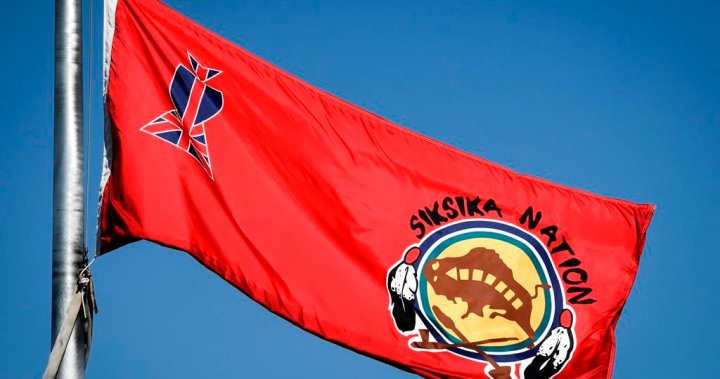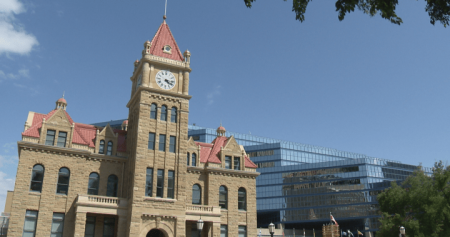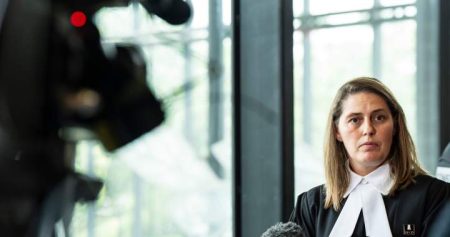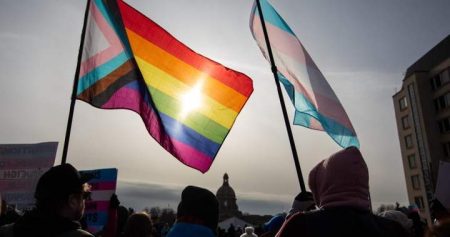The Royal Albert Memorial Museum in Exeter, England, is returning a ceremonial headdress to the Siksika Blackfoot First Nation in Alberta, Canada. The headdress, known as the Buffalo Woman’s headdress, was received by the museum in 1920 from Edgar Dewdney, a former governor of the Northwest Territories. It is unknown how Dewdney acquired the headdress, which is made of buffalo horns, bird feathers, porcupine quills, red cloth, and brass bells. Research indicates that the headdress is a sacred ceremonial item that was once worn by a member of the Blackfoot Holy Buffalo Woman Society. This act of repatriation is part of the museum’s ongoing efforts to return First Nations material, as they previously repatriated clothing and regalia that belonged to Crowfoot, an important Blackfoot chief, in 2022.
The ceremony for the return of the Buffalo Woman’s headdress is scheduled to take place at the museum on Wednesday, where representatives of the Siksika Blackfoot First Nation will be present to receive the item. The headdress holds great cultural and spiritual significance for the First Nation, as it is a symbol of their traditions and heritage. By returning this sacred item, the museum is acknowledging the importance of preserving and respecting Indigenous cultures and their belongings. This gesture of repatriation aligns with the museum’s commitment to supporting reconciliation efforts and fostering positive relationships with Indigenous communities.
The repatriation of the Buffalo Woman’s headdress is a significant step towards addressing the legacy of colonialism and the harmful impact it has had on Indigenous communities. For many years, Indigenous artifacts and cultural objects were taken from their original owners without consent, leading to a loss of identity and connection to their heritage. By returning these items to their rightful owners, museums and institutions are taking responsibility for past wrongs and working towards healing and reconciliation. This act of repatriation also highlights the importance of collaboration and mutual respect between cultural institutions and Indigenous communities.
The return of the Buffalo Woman’s headdress is part of a broader movement towards decolonizing museum collections and acknowledging the complex histories of colonial acquisition. Museums play a crucial role in preserving and displaying cultural heritage, but they must also recognize the ethical implications of holding Indigenous artifacts. Repatriation efforts are essential for addressing historical injustices and ensuring that Indigenous communities have ownership and control over their cultural material. By returning these items, museums are taking a step towards fostering trust and understanding with Indigenous peoples.
The Royal Albert Memorial Museum’s decision to repatriate the Buffalo Woman’s headdress reflects a growing awareness of the importance of Indigenous perspectives and voices in discussions around cultural heritage and restitution. By prioritizing the needs and wishes of the Siksika Blackfoot First Nation, the museum is demonstrating a commitment to reconciliation and partnership with Indigenous communities. This act of repatriation serves as a model for other institutions to follow, as they work towards greater respect, collaboration, and equity in their relationships with Indigenous peoples. It also serves as a reminder of the ongoing work needed to address the legacies of colonialism and promote healing and solidarity with Indigenous communities.













